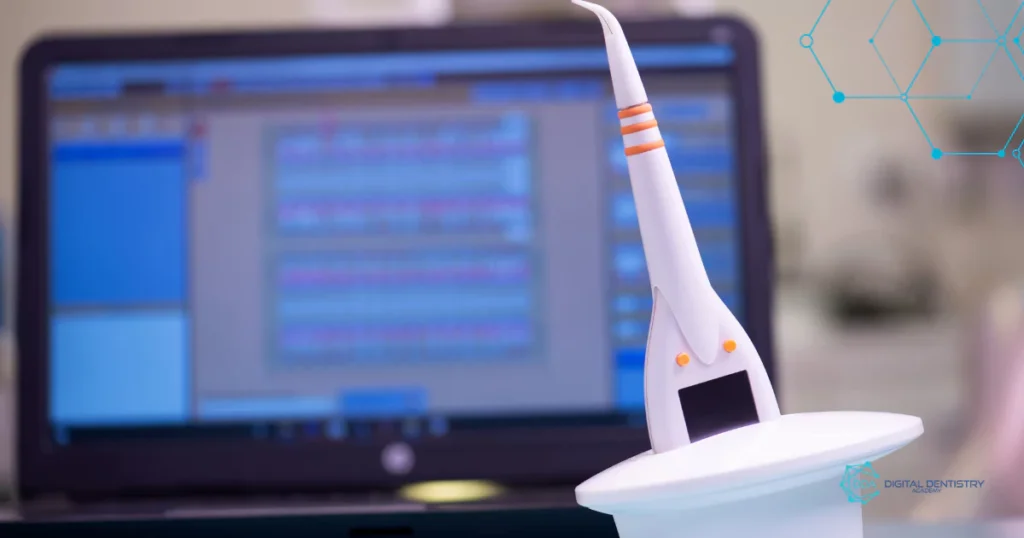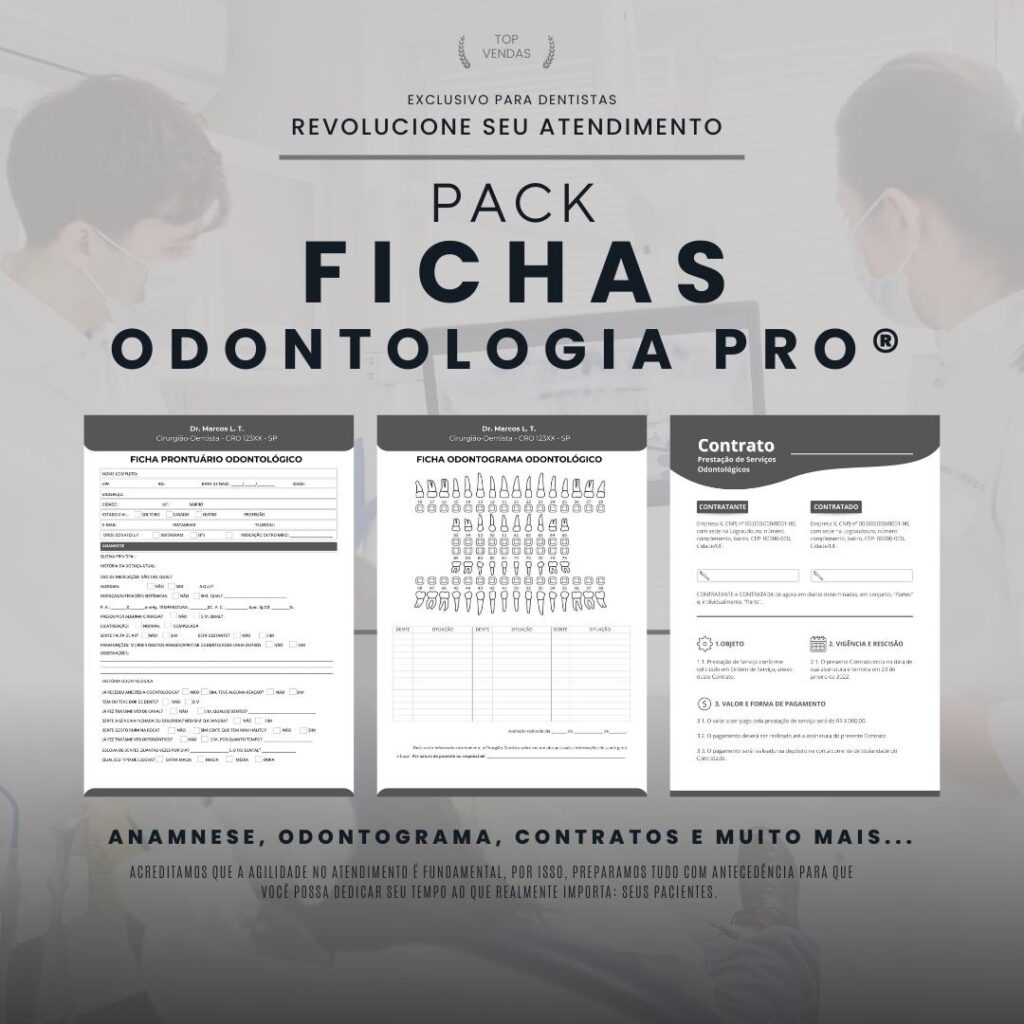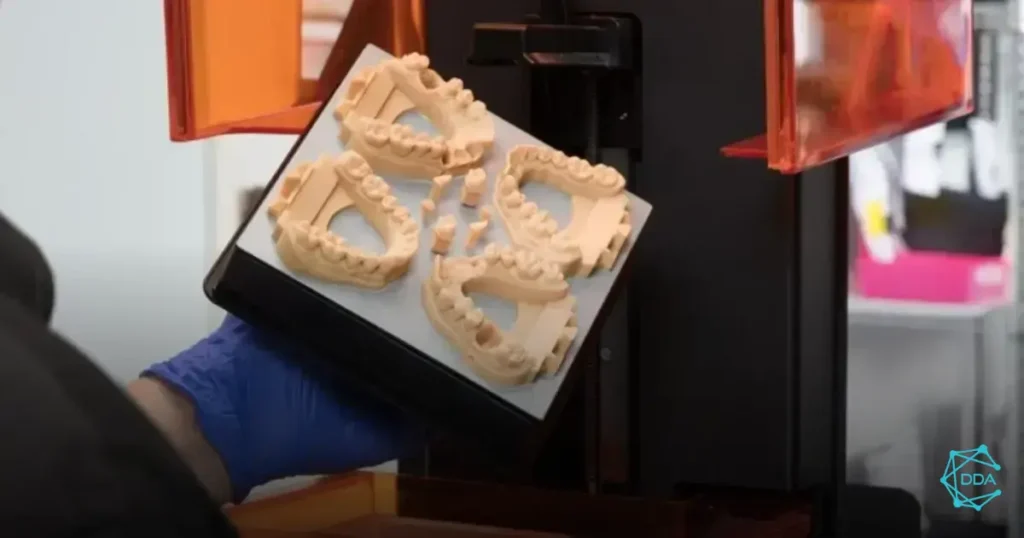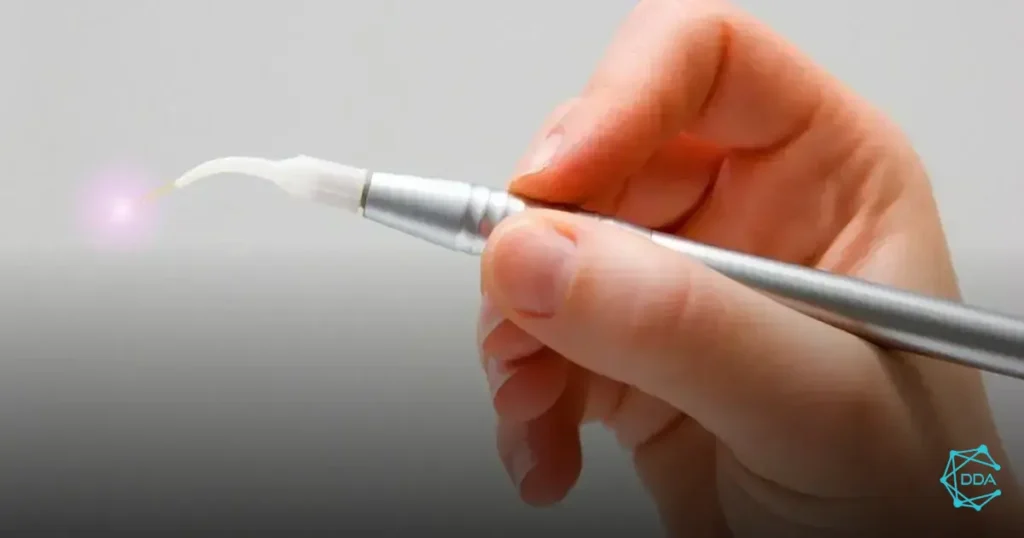Introduction
One of the greatest technological innovations in the field of Dentistry is the 3D printer, an essential piece of equipment for the modern office. With its advanced capabilities, the dental 3D printer offers a series of benefits for professionals in the field, allowing the creation of precise, high-quality models and prosthetics.
How does a dental 3D printer work?
Before we talk about the importance of this equipment for the modern office, it is important to understand how a dental 3D printer works. These printers use fused material deposition (FDM) technology, which consists of melting and depositing successive layers of material until the desired object is created.
Benefits of dental 3D printer
Now that we understand how a dental 3D printer works, let's explore the benefits that this equipment brings to the office:
1. Accuracy and quality
One of the main advantages of using a dental 3D printer is the precision and quality of the models and prosthetics produced. With molten material deposition technology, it is possible to create faithful replicas of patients' oral structures, ensuring a perfect fit and a more satisfactory final result.
2. Agility in the production process
With the use of a dental 3D printer, the time required to produce models and prosthetics is significantly reduced. Unlike traditional methods, which require molding and shipping to an external laboratory, the 3D printer allows the necessary parts to be produced quickly in-house.
3. Personalization and customization
The dental 3D printer allows the personalization and customization of models and prostheses according to the needs of each patient. It is possible to adjust the size, shape and color of the pieces, ensuring an aesthetically pleasing and functional final result.
4. Cost reduction
In addition to offering a series of benefits in quality and production agility, the use of a dental 3D printer can also lead to a significant cost reduction for the practice. With the in-house production of parts, it is possible to eliminate expenses with external laboratories and reduce the waiting time to receive the prosthetics.
Final considerations
In short, the dental 3D printer is essential equipment for the modern office. With its advanced capabilities, it offers advantages such as precision, agility, customization and cost reduction. By investing in this equipment, professionals in the field can increase the quality of services provided and provide more efficient and satisfactory treatment for their patients.






